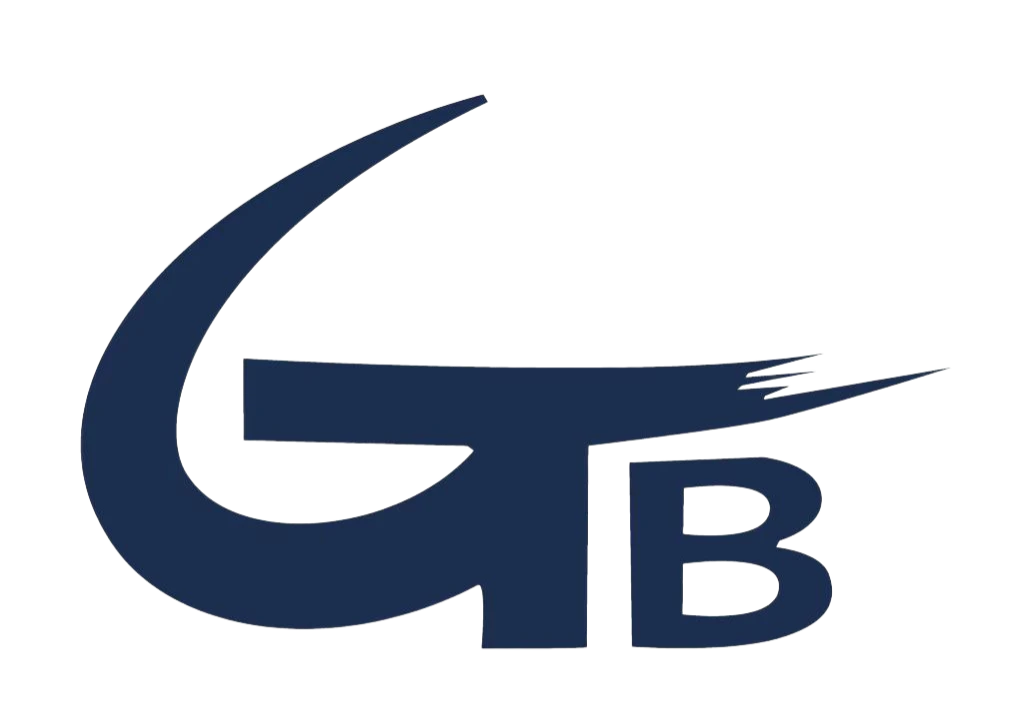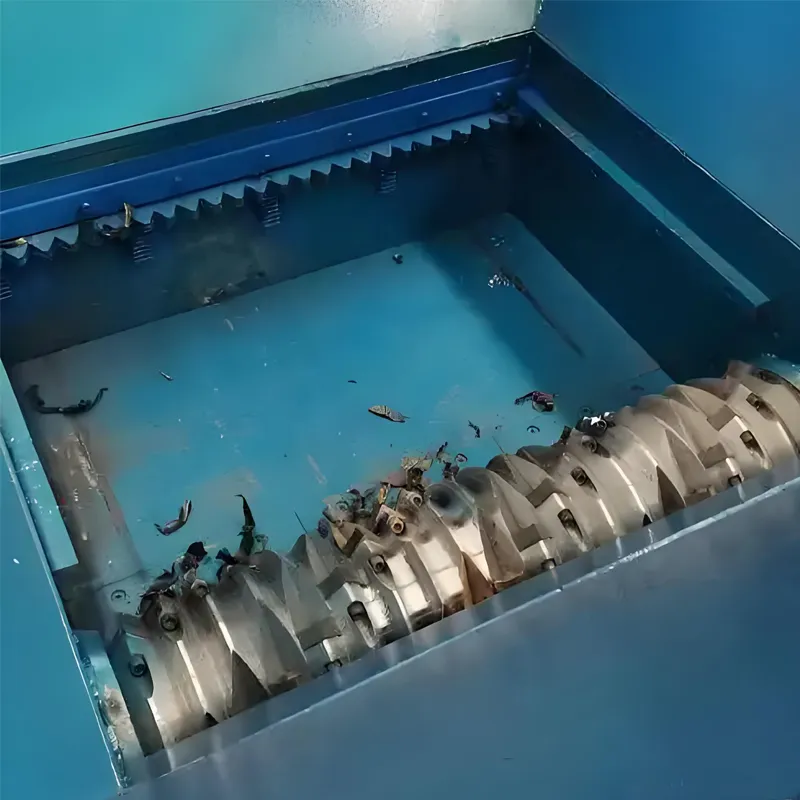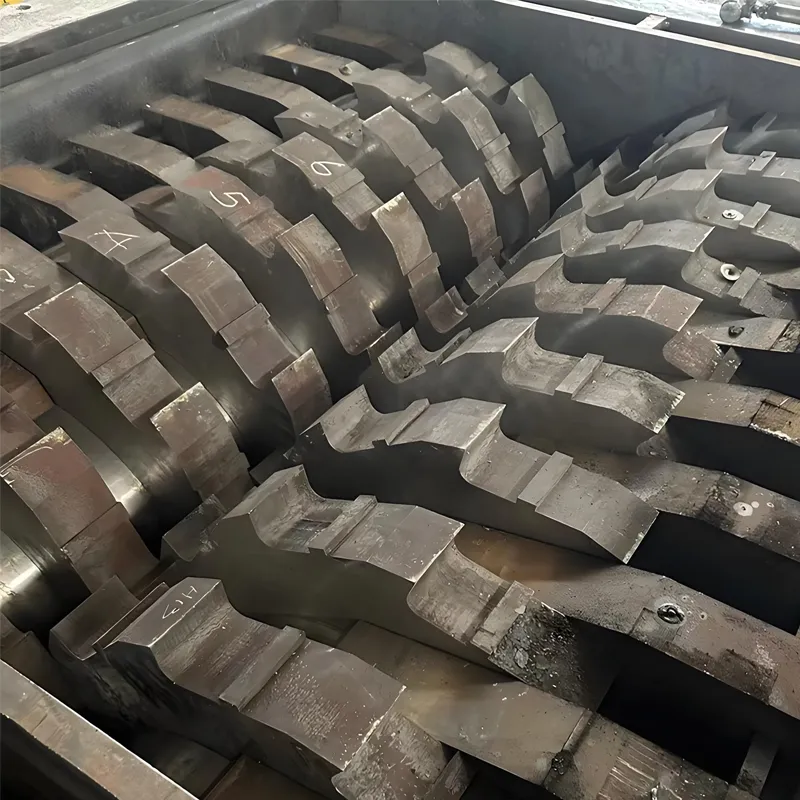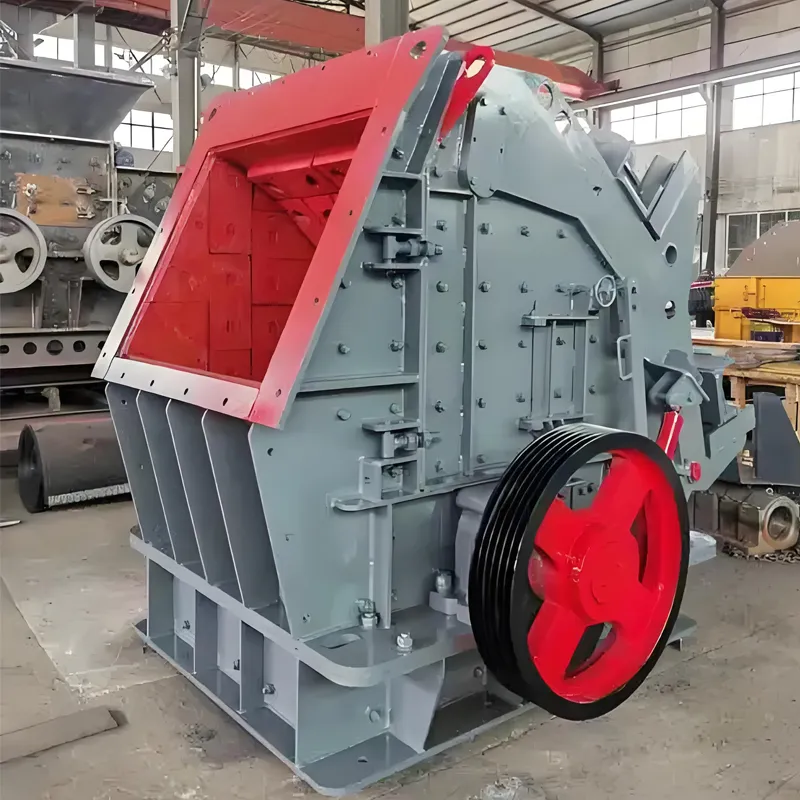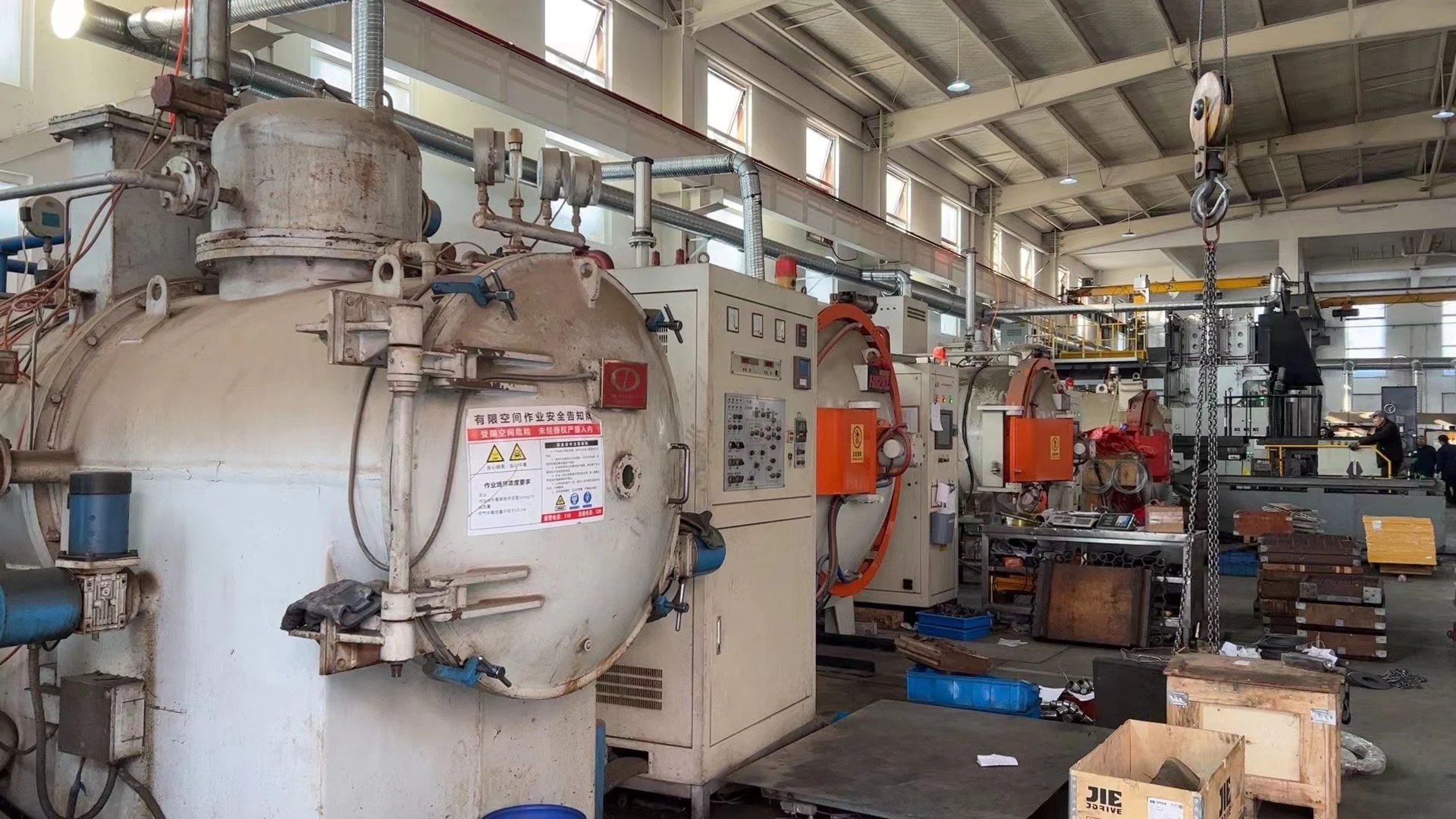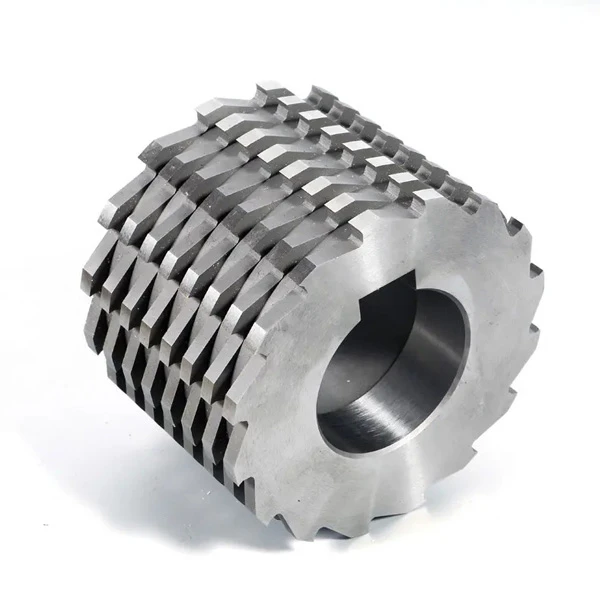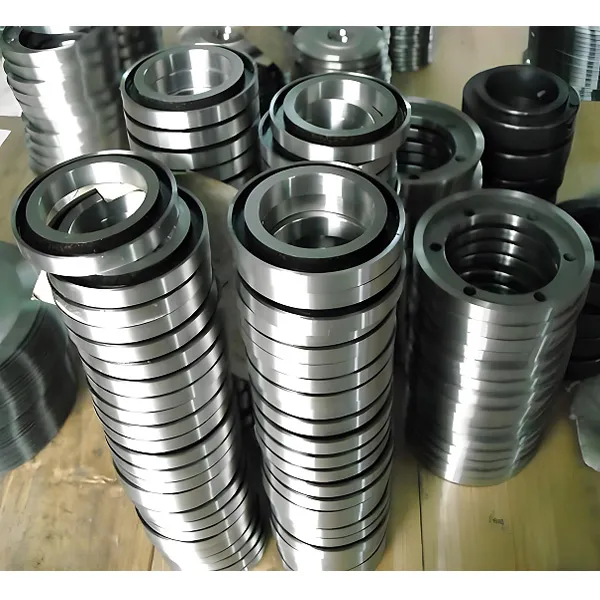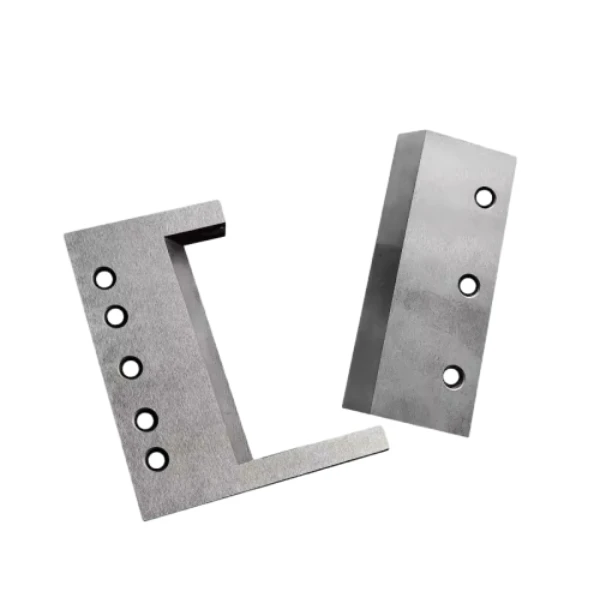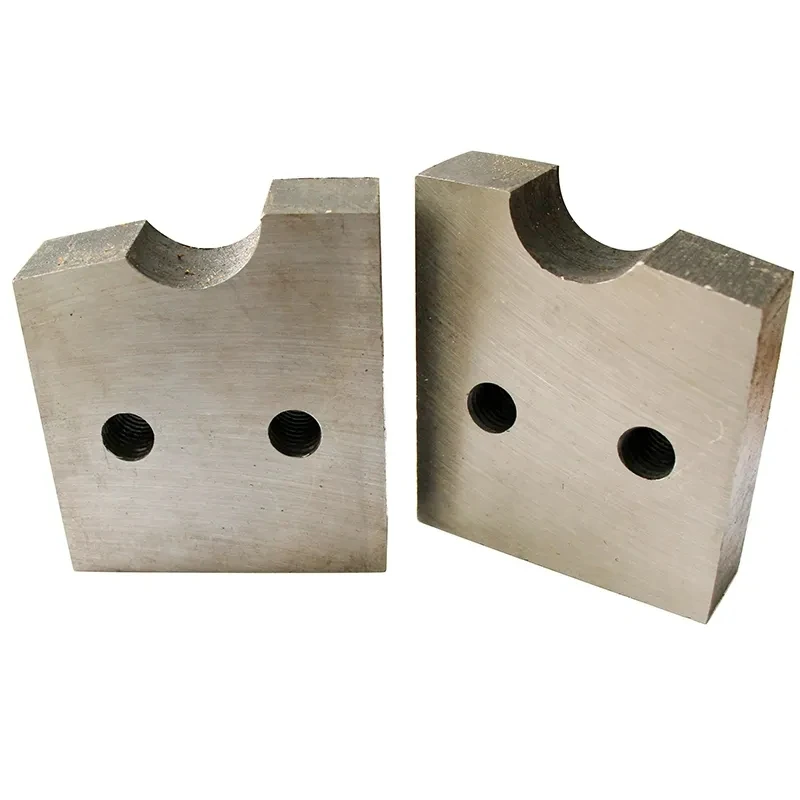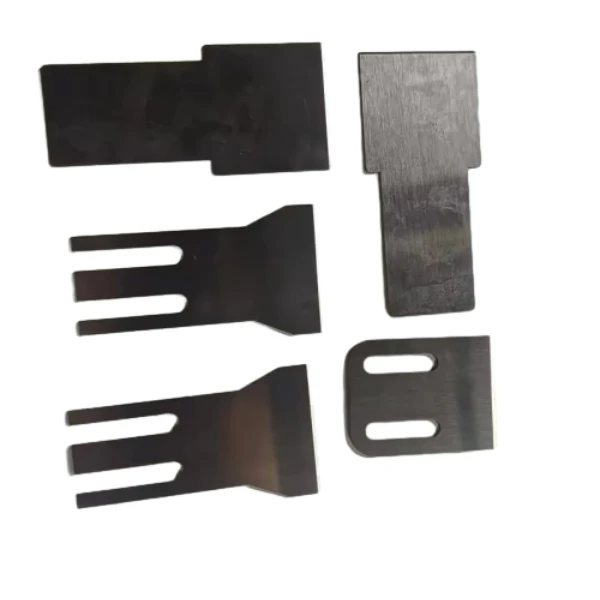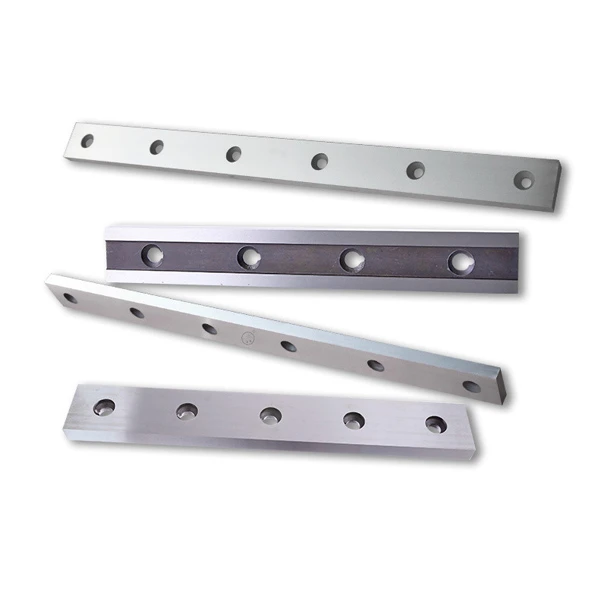- Tel: +86 15003285235
- Email: lena@industrialblades.cc
- Afrikaans
- Albanian
- Amharic
- Arabic
- Armenian
- Azerbaijani
- Basque
- Belarusian
- Bengali
- Bosnian
- Bulgarian
- Catalan
- Cebuano
- Corsican
- Croatian
- Czech
- Danish
- Dutch
- English
- Esperanto
- Estonian
- Finnish
- French
- Frisian
- Galician
- Georgian
- German
- Greek
- Gujarati
- Haitian Creole
- hausa
- hawaiian
- Hebrew
- Hindi
- Miao
- Hungarian
- Icelandic
- igbo
- Indonesian
- irish
- Italian
- Japanese
- Javanese
- Kannada
- kazakh
- Khmer
- Rwandese
- Korean
- Kurdish
- Kyrgyz
- Lao
- Latin
- Latvian
- Lithuanian
- Luxembourgish
- Macedonian
- Malgashi
- Malay
- Malayalam
- Maltese
- Maori
- Marathi
- Mongolian
- Myanmar
- Nepali
- Norwegian
Mining Industry Crushing Knife
1.Ore coarse crushing operation: The crushing knife is used to process large pieces of raw ore (such as iron ore and copper ore) after mining, and crush them to a primary particle size of 200-300mm through high-intensity impact or extrusion, preparing for the subsequent fine crushing process. Jaw blades achieve primary crushing of ores through reciprocating squeezing action, suitable for coarse crushing needs of high hardness rocks such as granite and basalt.
2.Medium fine crushing and fine processing: The conical blade further crushes the ore to a medium fine particle size of 10-50mm through rotational grinding and extrusion, meeting the feeding requirements of the ball mill in the beneficiation plant. Impact type blades (such as hammer shaped blades) rotate at high speed in vertical crushers, using kinetic energy to impact and crush medium hardness ores (such as limestone and shale), generating uniform particles.
3.Metal ore processing: Hard alloy blades can crush metal ores containing high hardness minerals such as quartz and pyrite, reducing edge cracking and improving metal recovery rate.
|
Material |
Characteristic |
Application |
|
High manganese steel (Mn13/Mn18) |
Containing 12% -18% manganese, it has excellent work hardening ability, and its surface hardness can reach HB500 or above under impact load. It is suitable for coarse crushing operations of high hardness ores such as iron ore and granite. |
Core components such as jaw plates of jaw crushers and rolling bowl walls of cone crushers can withstand severe impacts and wear. |
|
Alloy steel (Cr12MoV/42CrMo) |
Containing elements such as chromium and molybdenum, with a hardness of HRC52-60, it combines toughness and wear resistance, and is suitable for medium to fine crushing scenarios of medium hardness ores such as limestone and shale. |
Counterattack crusher plate hammer and impact crusher blade, suitable for continuous operation environment. |
|
Hard alloy (tungsten carbide based) |
Tungsten carbide (WC) and cobalt (Co) composite material, with a hardness of HRA90 or above and a wear resistance 10-20 times that of ordinary steel, is specially used for crushing abrasive minerals such as quartz and pyrite. |
Mining fine cutting blades and welded cutting heads in high wear areas. |
|
High chromium cast iron/high chromium alloy |
Containing 20% -30% chromium, with a hardness of HRC60-65, outstanding anti-wear ability, suitable for fine crushing of metallic minerals such as copper and gold mines |
Jaw crusher jaw plate, cone crusher crushing wall. |
|
Serrated blade |
The serrated blade enhances the tearing efficiency of tough or fibrous structured ores (such as clay ores) and reduces crushing energy consumption. |
|
Cone-shaped blade |
The multi-layer conical structure is suitable for progressive extrusion crushing of high hardness ores, with a crushing ratio of 1:10 or more, making it suitable for fine processing of copper and gold mines. |
|
Jaw blade |
The fixed jaw plate and the movable jaw plate work together to achieve efficient crushing of large ore blocks through a "V-shaped cavity" design, with a processing capacity of up to 1500t/h. |
High hardness ores (such as basalt and iron ore): High manganese steel or hard alloys are preferred to extend their service life by utilizing their work hardening properties.
Low to medium hardness ores (such as limestone and shale): Alloy steel (such as 42CrMo) can balance cost and performance.
High impact scenario: High manganese steel (Mn18) absorbs impact energy through the surface hardening layer, reducing the risk of fracture.
High abrasion scenario: Hard alloy or high chromium cast iron blades can reduce blade wear and extend maintenance cycles.
1.Surface strengthening process: The surface of hard alloy blades is sprayed with tungsten carbide (WC) coating, which improves wear resistance by 30% -50% and is suitable for quartzite crushing.
2.Modular design: The high manganese steel jaw plate adopts a replaceable modular structure, and only damaged modules need to be replaced after local wear, reducing downtime costs.
The materials for mining crushing knives are mainly high manganese steel (impact resistance), alloy steel (comprehensive performance), and hard alloy (wear resistance). The selection should be based on the hardness of the ore (such as selecting high manganese steel for iron ore) and the working strength (such as selecting hard alloy for fine crushing), combined with surface strengthening and modular design to improve economic benefits.
Crushing Knives for Mining Industry Applications
Our mining industry crushing knives feature advanced metallurgical compositions that resist deformation under heavy impact loads. The precision-hardened cutting edges and reinforced structures withstand repeated contact with hard rock formations while maintaining cutting efficiency. These professional-grade knives are specifically designed for processing various ore types, from soft coal to hard granite, helping mining operations maximize throughput while reducing maintenance downtime. Trusted by global mining companies, our crushing knives significantly outperform conventional alternatives in both durability and operational efficiency.
Get Binsheng Blade Tech Tips
ISO 9001 insights: industry trends & blade guides
